Stories
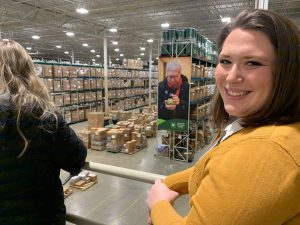
Feb. 28, 2020
Influential Leader
Three years ago, Jamee Scearce was attending her first Agriculture Future of America (AFA) Leaders Conference. Now, Scearce will be returning for her fourth conference – this time with a different role. Scearce is one of only 10 students nationwide to be selected to serve as a member of the Student Advisory Team for AFA. The team held their first meeting in January. AFA is a non-profit organization that prepares collegiate students to become professionals in agriculture and related industries through various opportunities, including the annual Leaders Conference. “I really found my passion in AFA my freshman year in college…
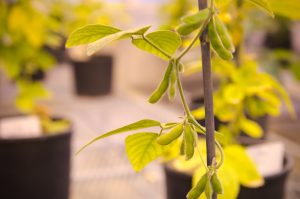
Feb. 17, 2020
An Important Comparison
It was nearly a decade ago when the first soybean reference genome, “Williams 82,” was published in 2010. For the next several years, that cultivar, which was chosen to represent the northern United States germplasm, served as the main soybean reference genome – the sequence that gives scientists a baseline of a species’ set of genes. A few years after “Williams 82” became available, Henry Nguyen, Curators’ Distinguished Professor of Plant Sciences in the University of Missouri College of Agriculture, Food and Natural Resources (CAFNR), was part of a team that developed additional reference genomes, this time focusing on soybeans…
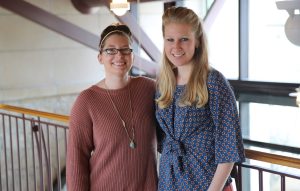
Feb. 13, 2020
Strengthening CAFNR Communication
The University of Missouri College of Agriculture, Food and Natural Resources (CAFNR) Office of Marketing and Communications recently added two individuals to its team – Reagan Brown and Ashley Craft. Brown has been named the CAFNR marketing communications coordinator. Craft’s new role is as the Extension communications strategist. “We are so excited to add Reagan and Ashley to our team,” said Michelle Enger, director, CAFNR Office of Marketing and Communications. “Both bring unique skillsets and experiences that will help us expand how we talk about the outstanding things happening in CAFNR.” Showcasing Missouri Agriculture Brown joins CAFNR after spending the…
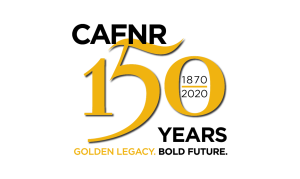
Feb. 12, 2020
Celebrate CAFNR’s 150th Anniversary
It’s a big year in CAFNR! We are proud to be observing the 150th anniversary of the College of Agriculture, Food and Natural Resources in 2020. Make plans to join us in celebrating the golden legacy and bold future of our college. Save the date to join us for the CAFNR Founding Day celebration, Monday, Feb. 24. We will have a special proclamation ceremony in the Jesse Hall rotunda at 1:30 that afternoon. This event will mark 150 years to the day of our founding in 1870. Speakers will include Missouri Lt. Gov. Mike Kehoe, who will also read a…
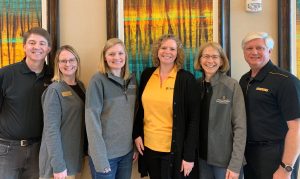
Feb. 11, 2020
Office of Academic Programs presents at Staff Development Workshop
The Office of Academic Programs recently attended the 2020 Academic Programs Staff Development Workshop from Feb. 5-7, 2020, in Kissimmee, Florida. Five members of the team presented during the workshop. Those individuals and their presentations are listed below. Matt Arri, director of career services — Student Development Plan: An Online Guide to Academic Success and Career Readiness Shari Freyermuth, assistant dean and director of student services, and Laura Friedrich, senior student service coordinator — Keeping Students On Track to Graduation Shanon Dickerson, program director of study abroad — How to Pack Your Bags for Study Abroad: Recruiting, Marketing and Supporting…
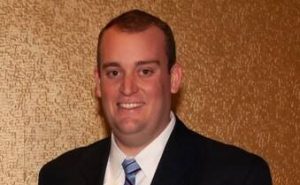
Feb. 5, 2020
Eric Oseland Earns New Foundation for Soy Innovation Scholarship
Eric Oseland, PhD student in plant sciences, was selected as the first recipient of the Foundation for Soy Innovation’s new scholarship. Oseland will use the $1,000 award toward travel to the March 2020 Weed Science Society of America conference where he’ll present his research on dicamba and the effect it has on soybeans. Oseland works with Kevin Bradley, professor of plant sciences, on research observing the effect low soil pH has on dicamba volatility.
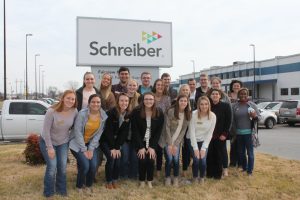
Feb. 4, 2020
Building a Network
As the director of career services in the CAFNR Office of Academic Programs, Matt Arri dedicates his time to building networks and relationships between CAFNR students and industry professionals. Arri’s goal is to make sure those students are career ready – and he has introduced a variety of new initiatives to help them along the way. It was an alum who helped set up the most recent Agribusiness Career Connections Program trip. Craig Bacon, senior vice president of technical services for Simmons Prepared Foods, was part of CAFNR’s Robert O. Reich Executive-in-Residence Program in October 2018. Bacon returned to campus…
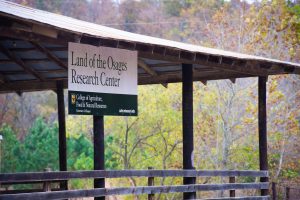
Jan. 29, 2020
A Humble Giver
Sarah Lovell officially joined the University of Missouri College of Agriculture, Food and Natural Resources (CAFNR) in August 2019, as the H.E. Garrett Endowed Chair Professor and director of the Center for Agroforestry. Two months later, Lovell, who became just the second individual to hold the endowed chair position after Shibu Jose served eight years in the role, welcomed guests to the grand opening celebration of the Land of the Osages Research Center. Neither the H.E. Garrett Endowed Chair Professorship nor the Land of the Osages Research Center would have come to fruition if Gene Garrett would have ignored a…
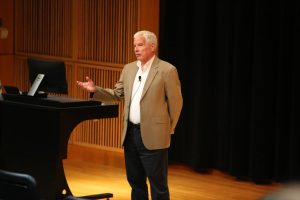
Jan. 29, 2020
A Great Experience
J. Scott Angle never intended to have a career in agriculture. An interest in golf led Angle to turf management (agronomy) at the University of Maryland. The agronomy degree program was in the College of Agriculture and Natural Resources at the University of Maryland. “I had no interest in agriculture,” Angle said. “I grew up in the city, in Baltimore, and I didn’t really have any ties to agriculture. I did love golf and was focused on becoming a golf course superintendent. It just so happened that turf management was part of the agriculture college at the University of Maryland.”…
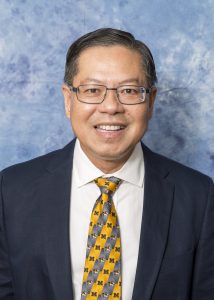
Jan. 10, 2020
Henry Nguyen Earns Distinguished International Honor
Henry Nguyen, Curators’ Distinguished Professor of Plant Genetics, was recently elected one of the 2020 fellows of the India National Academy of Agricultural Sciences. Fellows of the Academy are recognized for excellence in agricultural science, research, technology and innovation. Nguyen has made several significant contributions in drought tolerance research, especially in the root architecture in rice, as well as the stay green trait in sorghum. His research laid a foundation for genomic discovery and applications to rice and sorghum breeding for improved drought tolerance in India and worldwide.